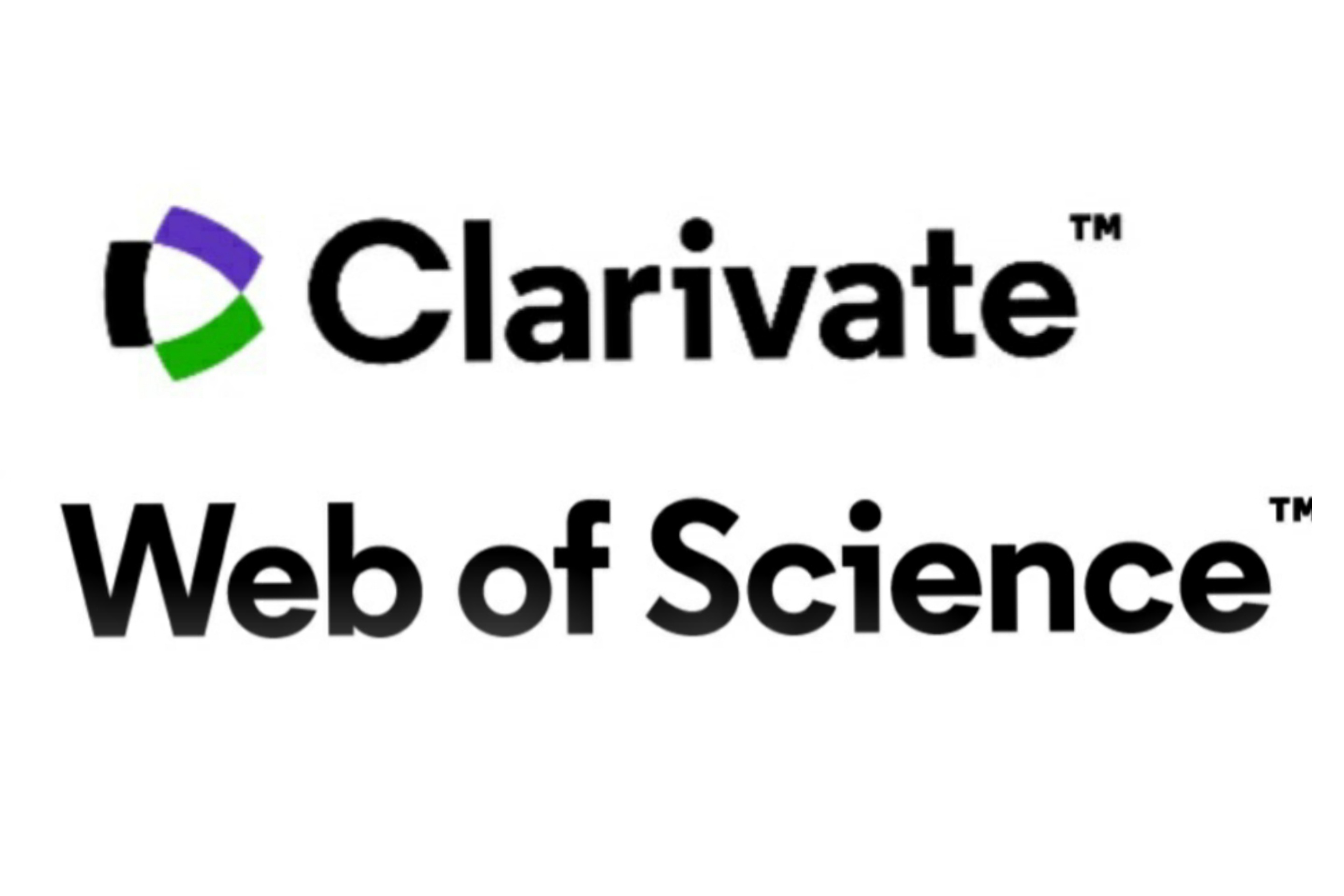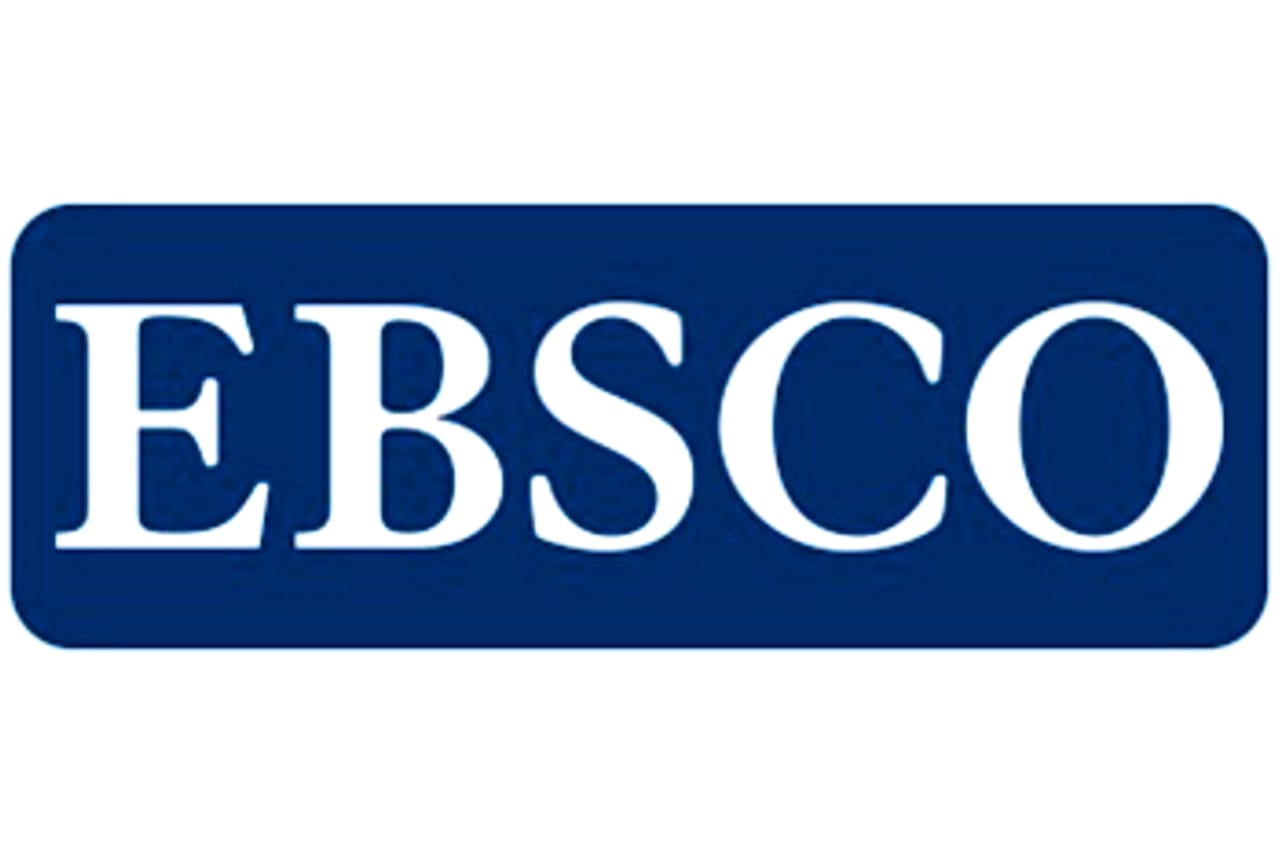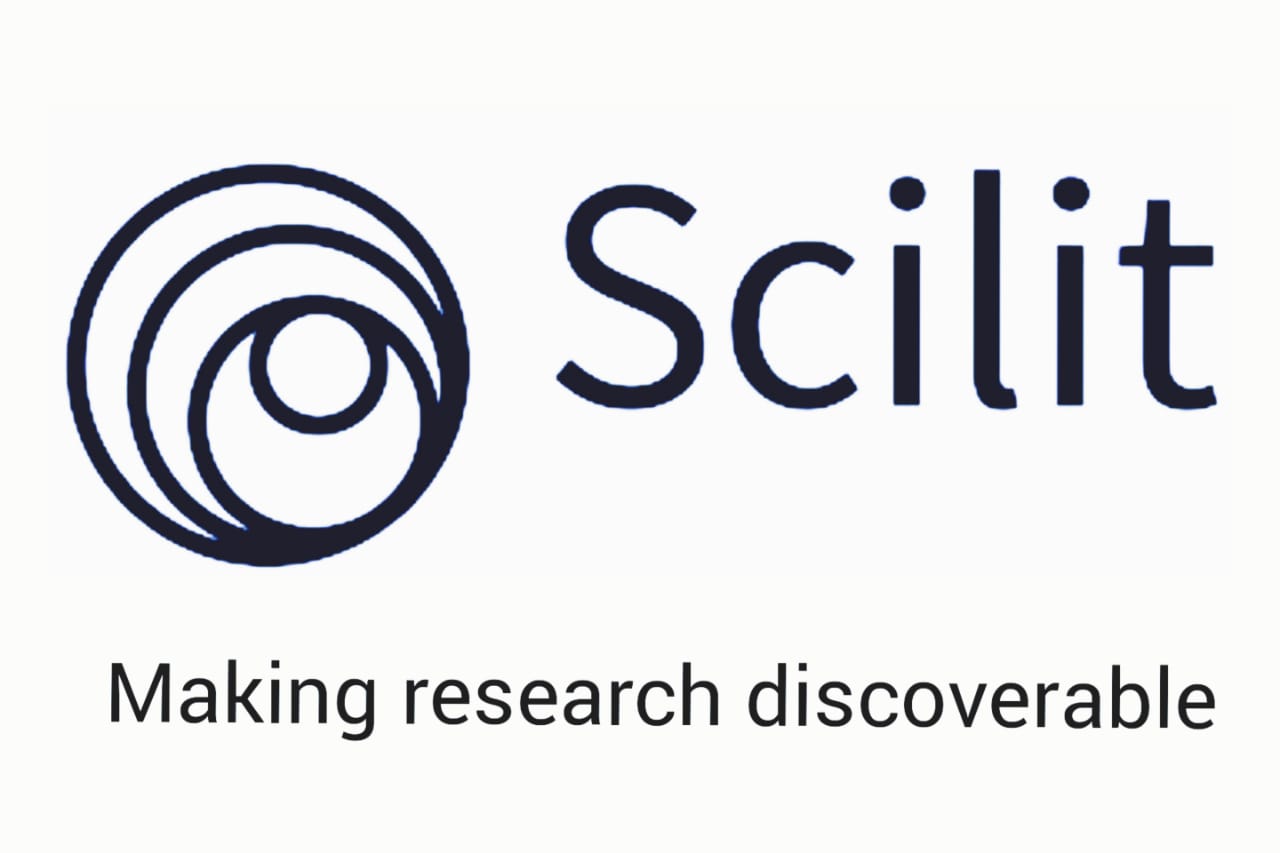The three quark-current of delta-isobar
DOI:
https://doi.org/10.26577/ijmph.2017.v8.i1.07Abstract
Strong decay D®Np is one of the best modes to search for particles with spin 3/2. D - isobar decay consist of 99% - hadronic decay and 1% - electromagnetic decay, i.e. in this process strong decay is dominating channel which makes it important for nuclear research. The relativistic three-quark current describe all parameters of particle in quantum field theory. The three-quark current of Delta-isobar is similar with all large group of particles with quantum numbers Jp=(3/2)+. Relevant interpolating three-quark current is given in great details. It is shown that, this current has a single form. If we have three-quark current, we can write the interaction Lagrangian of baryon interacting with their constituent quarks. The Lagrangian is the base of the Standard model. The generalization of the current to nonlocal case can be used to such nonlocal theory as covariant quark model. Covariant quark model has been applied to a large number of elementary particle processes.
G M T Английский Испанский Итальянский Казахский Китайский Трад Китайский Упр Корейский Русский Турецкий Французский Английский Испанский Итальянский Казахский Китайский Трад Китайский Упр Корейский Русский Турецкий Французский Звуковая функция ограничена 200 символами Настройки : История : Обратная связь : Donate Закрыть
















